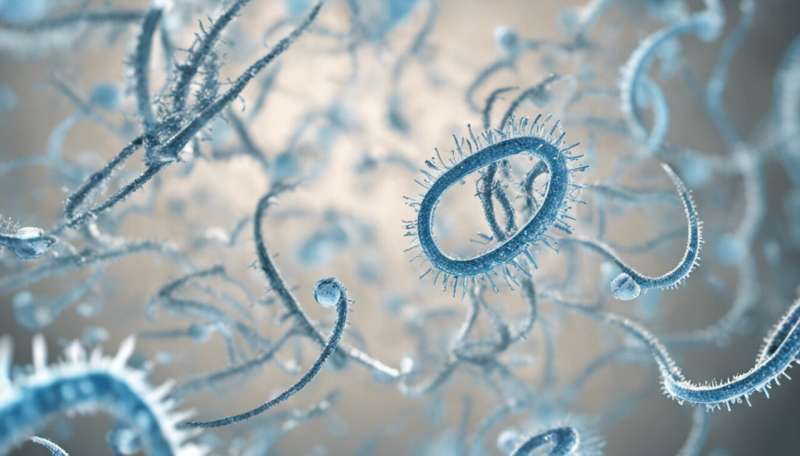Credit: AI-generated image (disclaimer)
In 1996, the technique known as somatic cell nuclear transfer (SCNT) transformed the idea of cloning from science fiction into reality. SCNT entails removing the nucleus from an adult somatic cell of the animal being cloned (Fig. 1), and then transplanting it into an oocyte from which the nucleus has been extracted. However, the success rate remains low, and the inability to directly link SCNT-associated abnormalities with embryonic viability has made it difficult to understand why. Now, an imaging technique devised by Kazuo Yamagata of the RIKEN Center for Developmental Biology in Kobe and colleagues has revealed a key checkpoint in this process.
Like any good spy, biologists snooping into the inner workings of embryonic development avoid interfering with the target of their surveillance. Unfortunately, standard imaging techniques are traumatic: cells are forced to overexpress fluorescent proteins before being bombarded with powerful lasers to illuminate the proteins. “This can cause what is known as ‘photo-toxicity’, which reduces the viability of the cell,” explains Yamagata.
His team therefore adapted a technique that they first developed in 20092. They injected mouse oocytes with fixed amounts of RNA molecules encoding a nuclear protein and a cytoplasmic protein, each carrying a different fluorescent label. Using a specially designed microscope, the researchers collected time-lapse imaging data as the embryos developed over the next four days. Importantly, once the injected RNA was expended, the embryos continued to develop normally, revealing which changes proved most damaging to overall viability.
This imaging approach revealed that the SCNT embryos were highly prone to disruptions in how their genetic material was partitioned during cell division, a characteristic termed ‘abnormal chromosomal segregation’ (ACS). Some embryos exhibiting ACS developed normally and yielded apparently healthy mouse pups. However, when ACS emerged during the first three cell divisions, subsequent development was irreparably sabotaged, suggesting the existence of a critical window in which normal cell division is essential. “I think our [work] is the first to [show] a direct link between chromosome segregation errors and SCNT failure,” says Yamagata.
Scientists have hypothesized that epigenetic abnormalities—disruptions in chemical modifications associated with chromosomal DNA—undermine SCNT success, and Yamagata’s team has found preliminary evidence potentially connecting these abnormalities. “Our data clearly suggest that some linkage between epigenetic status and genetic stability may exist,” he says. Understanding this connection and other contributors to early-stage ACS should benefit humans as well as mice. “It is well documented that infertility and early pregnancy loss are caused by chromosome instability,” explains Yamagata.
More information: Mizutani, E., Yamagata, K., Ono, T., Akagi, S., Geshi, M. & Wakayama, T. Abnormal chromosome segregation at early cleavage is a major cause of the full-term developmental failure of mouse clones. Developmental Biology 364, 56–65 (2012). www.sciencedirect.com/science/ … ii/S0012160612000048
Yamagata, K., Suetsugu, R. & Wakayama, T. Long-term, six-dimensional live-cell imaging for the mouse preimplantation embryo that does not affect full-term development. Journal of Reproductive Development 55, 343–350 (2009). www.mendeley.com/research/long … ullterm-development/
Journal information: Developmental Biology
Provided by RIKEN





















